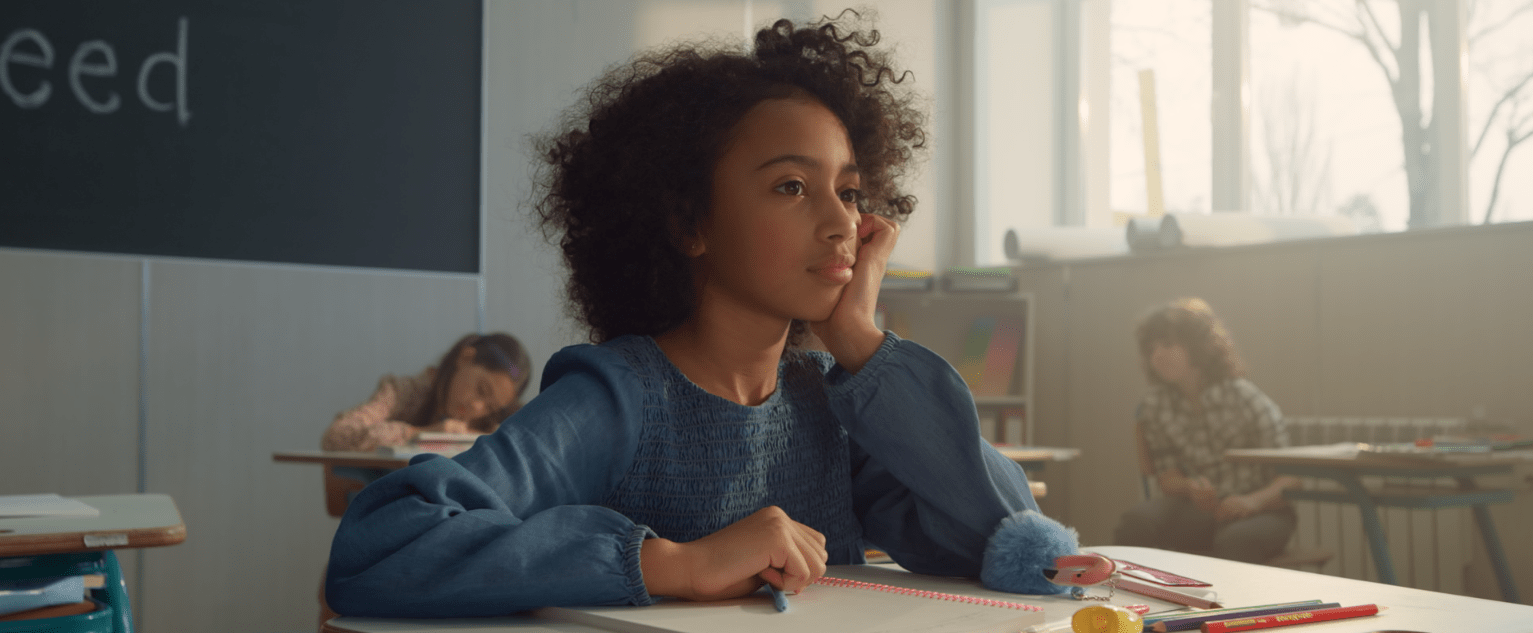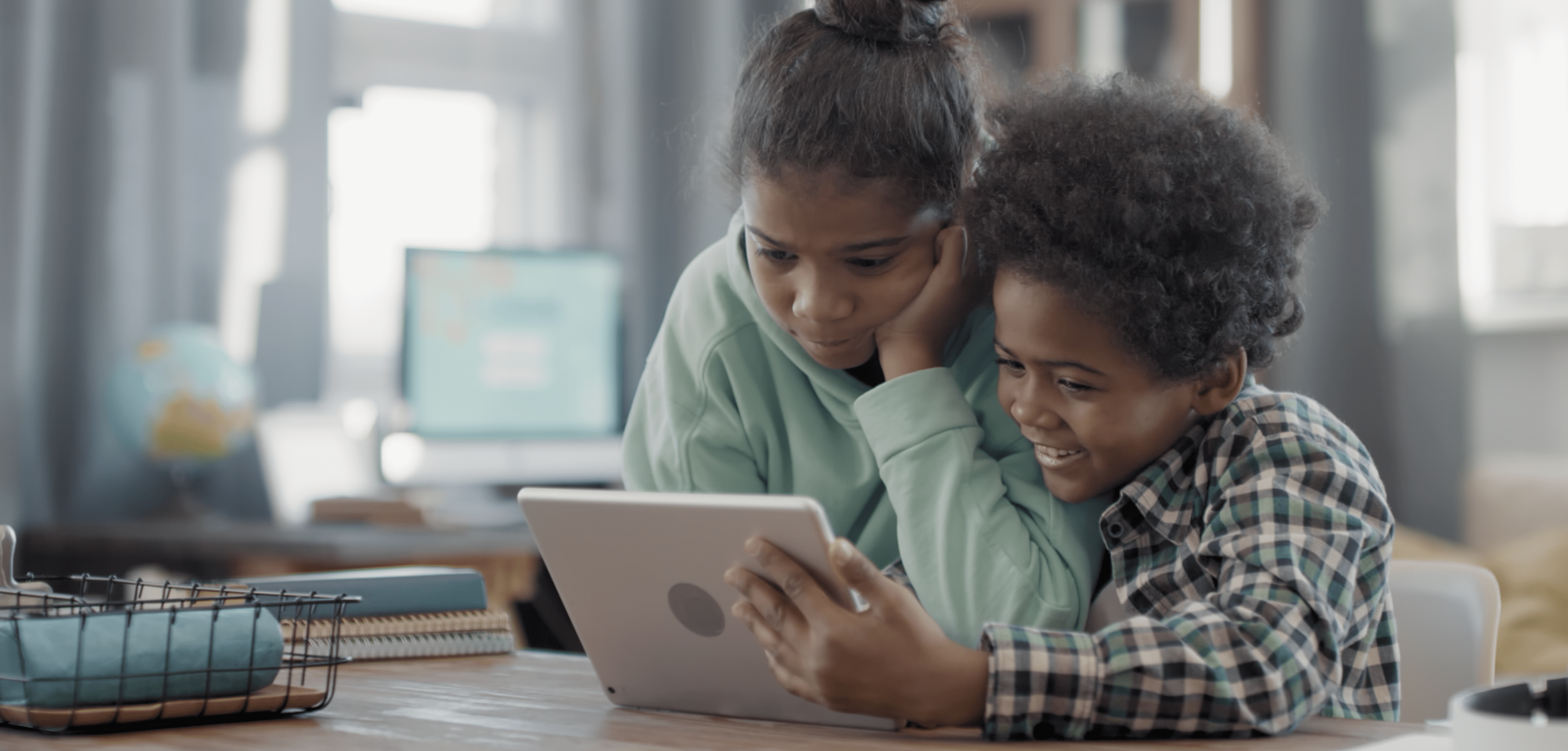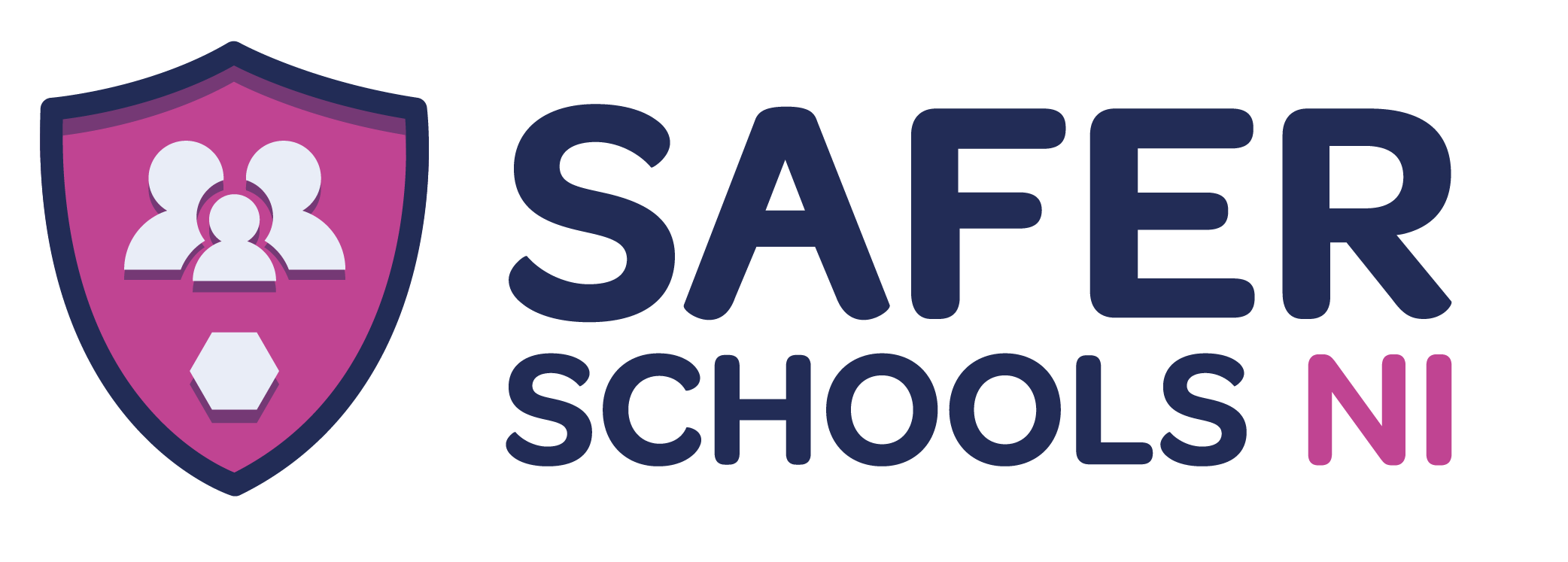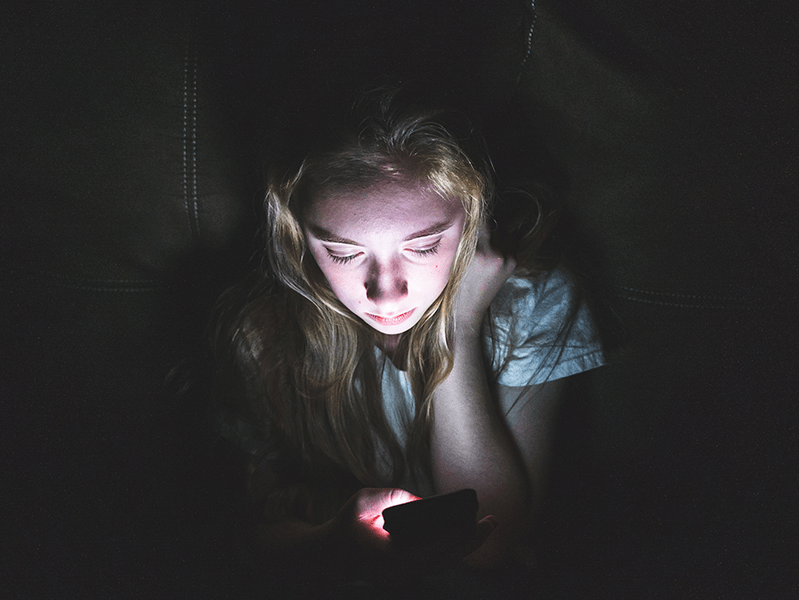Last Updated on 19th November 2021

©Storyblocks

©Storyblocks
Add Online Safety to Your Back-to-School Checklist
Just how we check that new school shoes fit and everything is ready to go into their new backpack, consider this a time to check your young people are just as ready-to-go into the online world too. When was the last time you and your family members checked your social media privacy settings? Before you share those first-day photos online, be sure you know exactly who can access them. Even if you think all your social media accounts are set to private, there might be an update you missed. While you’re doing that, take the opportunity to change your passwords too!
Here are some easy-to-follow points about privacy and safety online that are especially important for the start of a new term:
Oftentimes, first day photos give away a lot of information: which school a child or young person is attending, how old they are, and sometimes even where you live (many of these photos are taken outside of the front door with the house number and street name visible). This is all private information. The photo could be seen by more people than you intended to share it with, depending on your safety settings, and you may be unintentionally aiding a predator or bully.
Also, a child may not want their photo to go online! Even from a young age, it’s important to ask permission before you share a photo of the child in your care. It will help them feel in control of their image and will teach them about the importance of consent. Here’s our safeguarding checklist to help you discuss this together:
Join our Safeguarding Hub Newsletter Network
Members of our network receive weekly updates on the trends, risks and threats to children and young people online.








